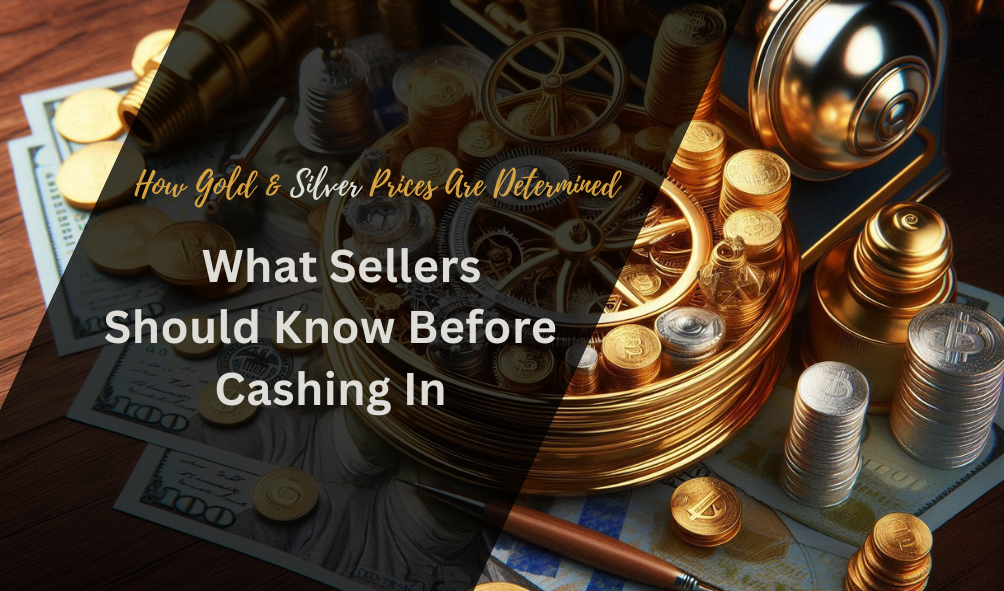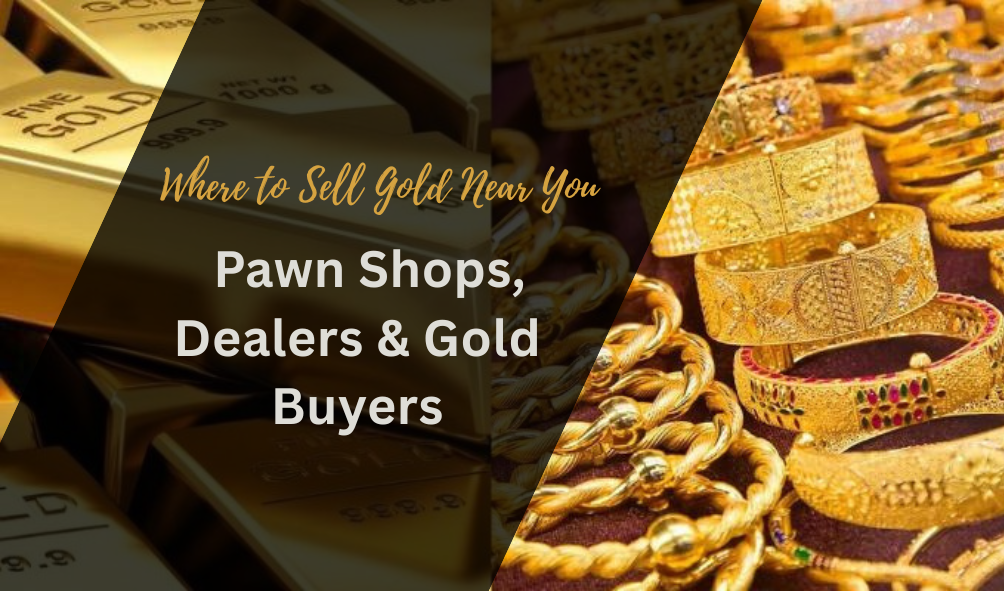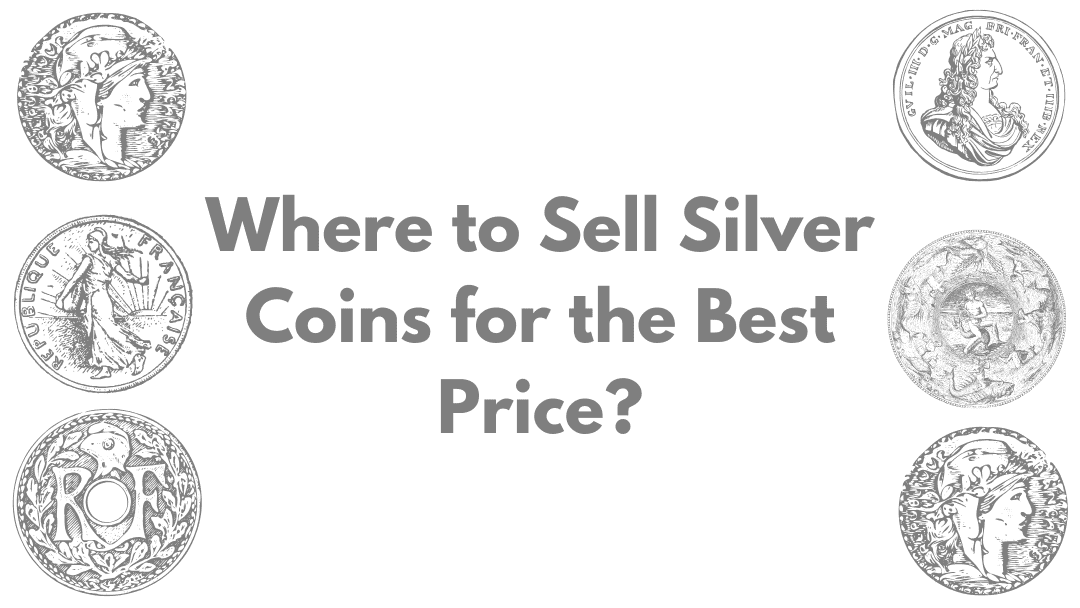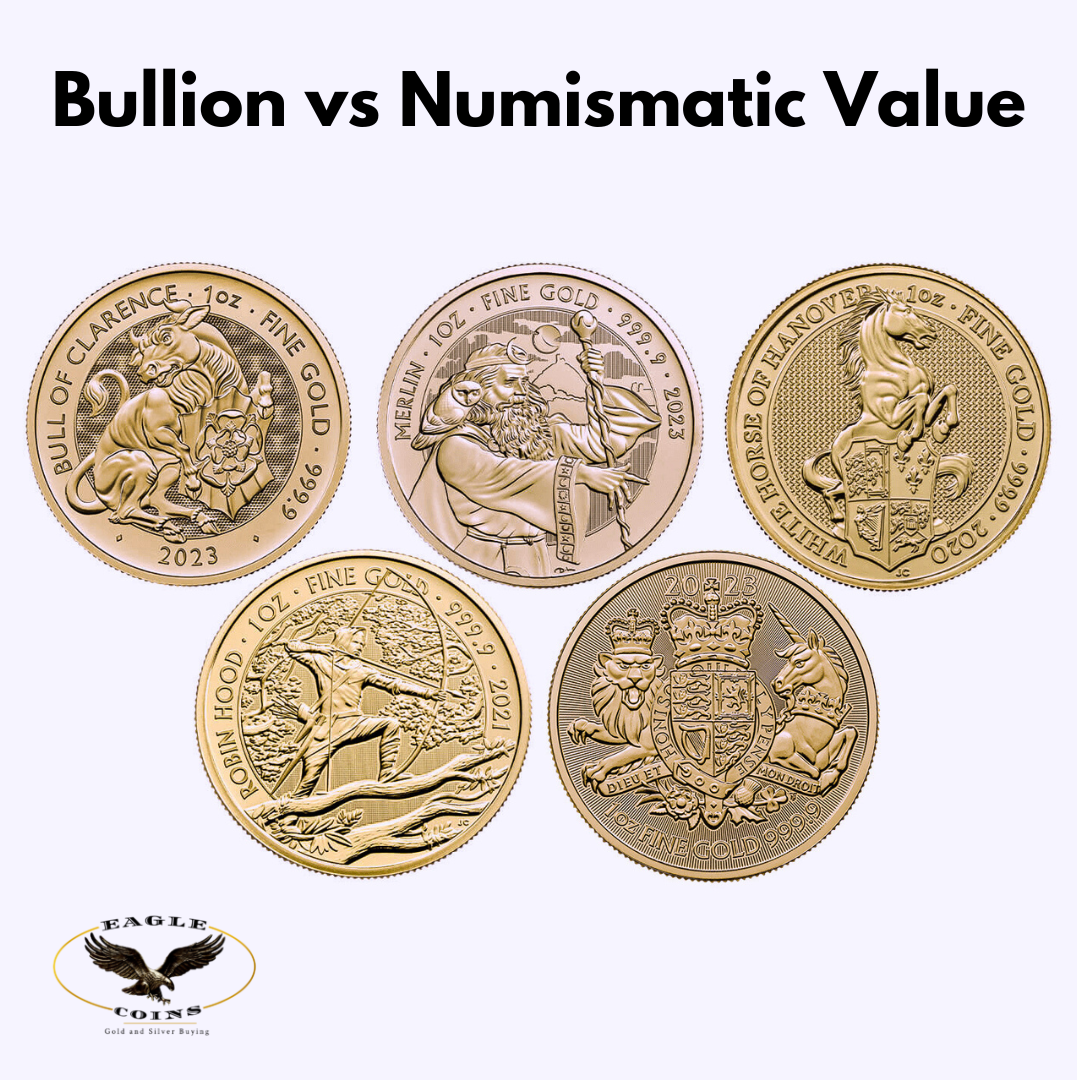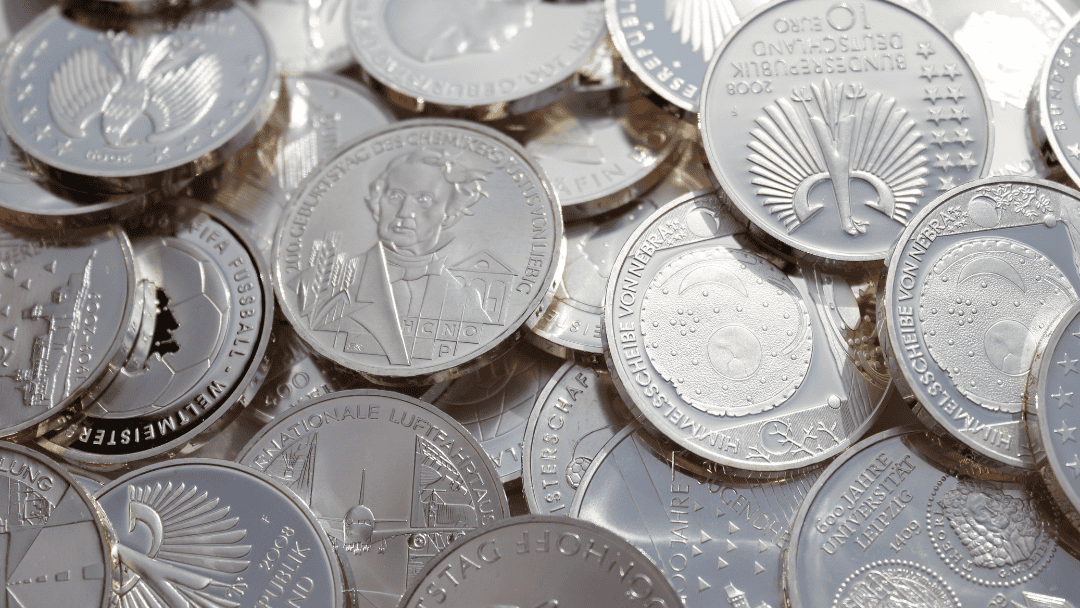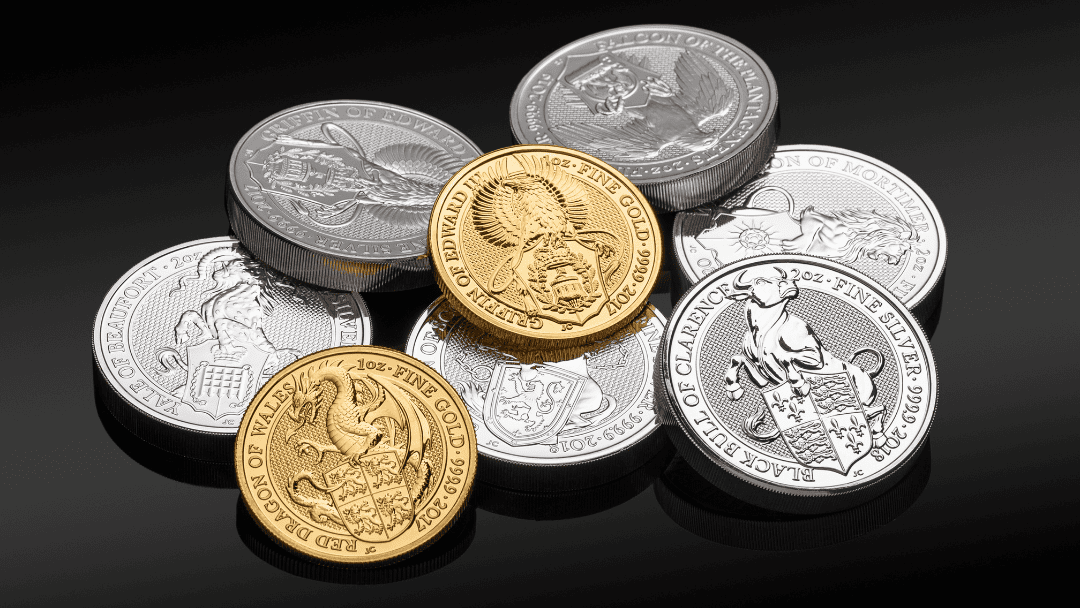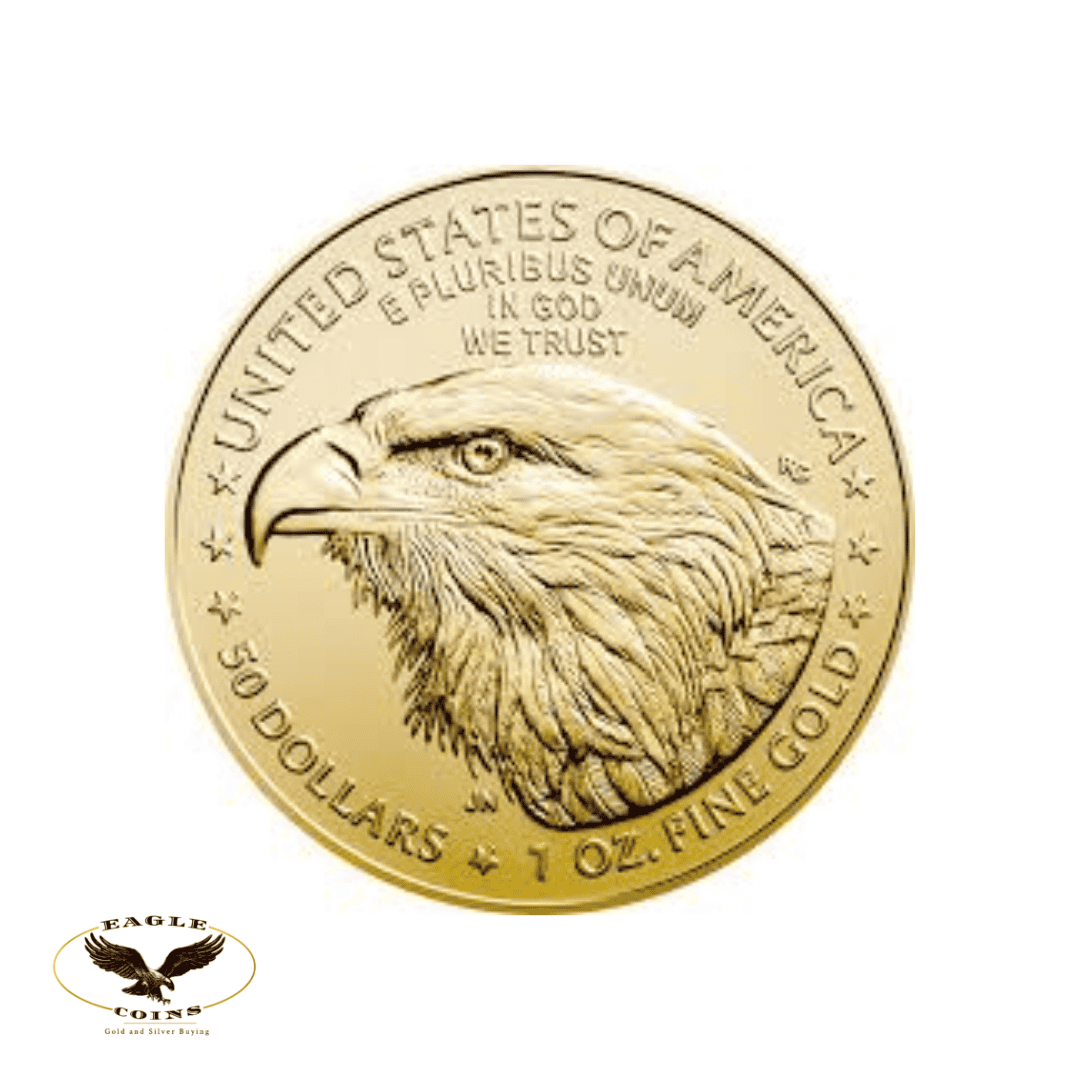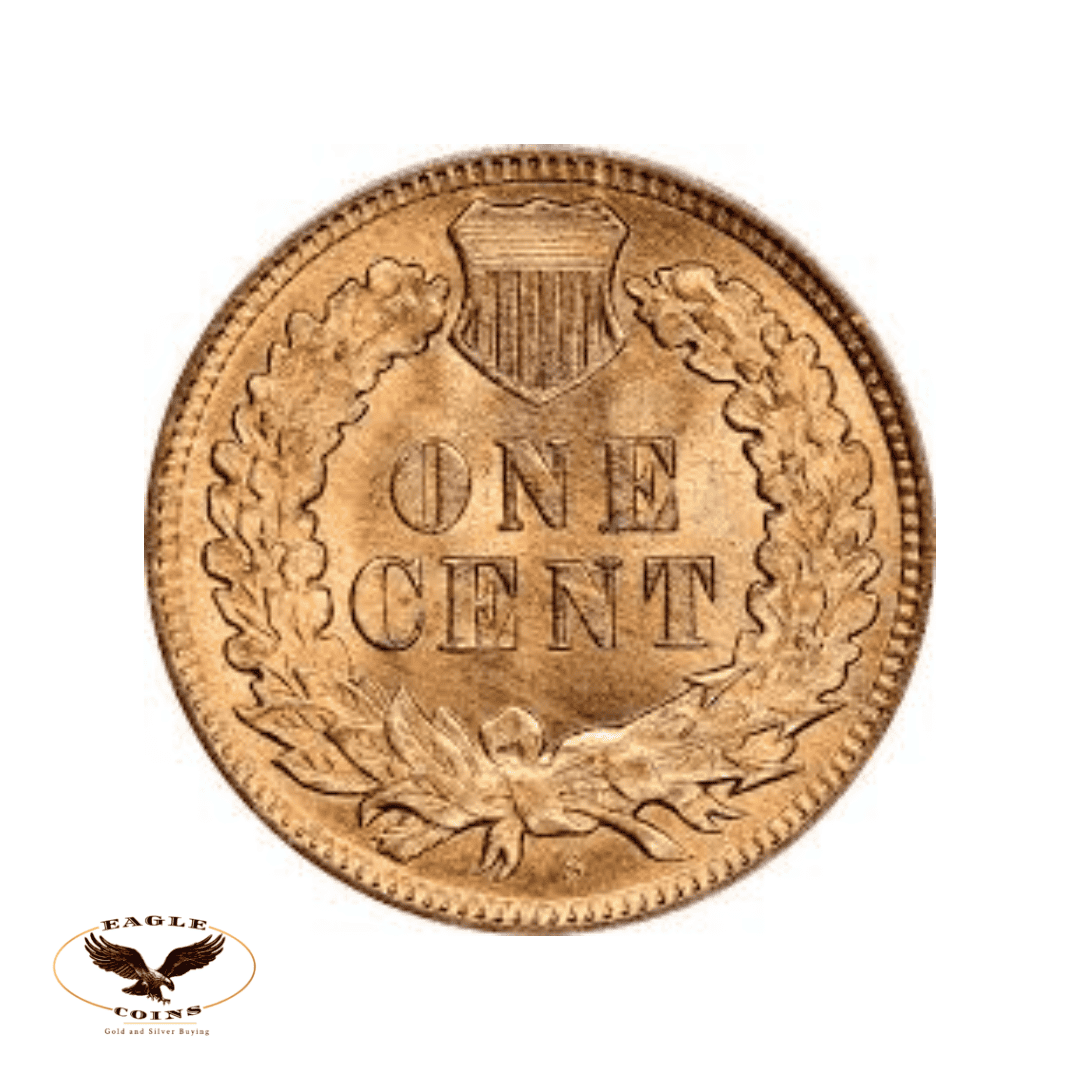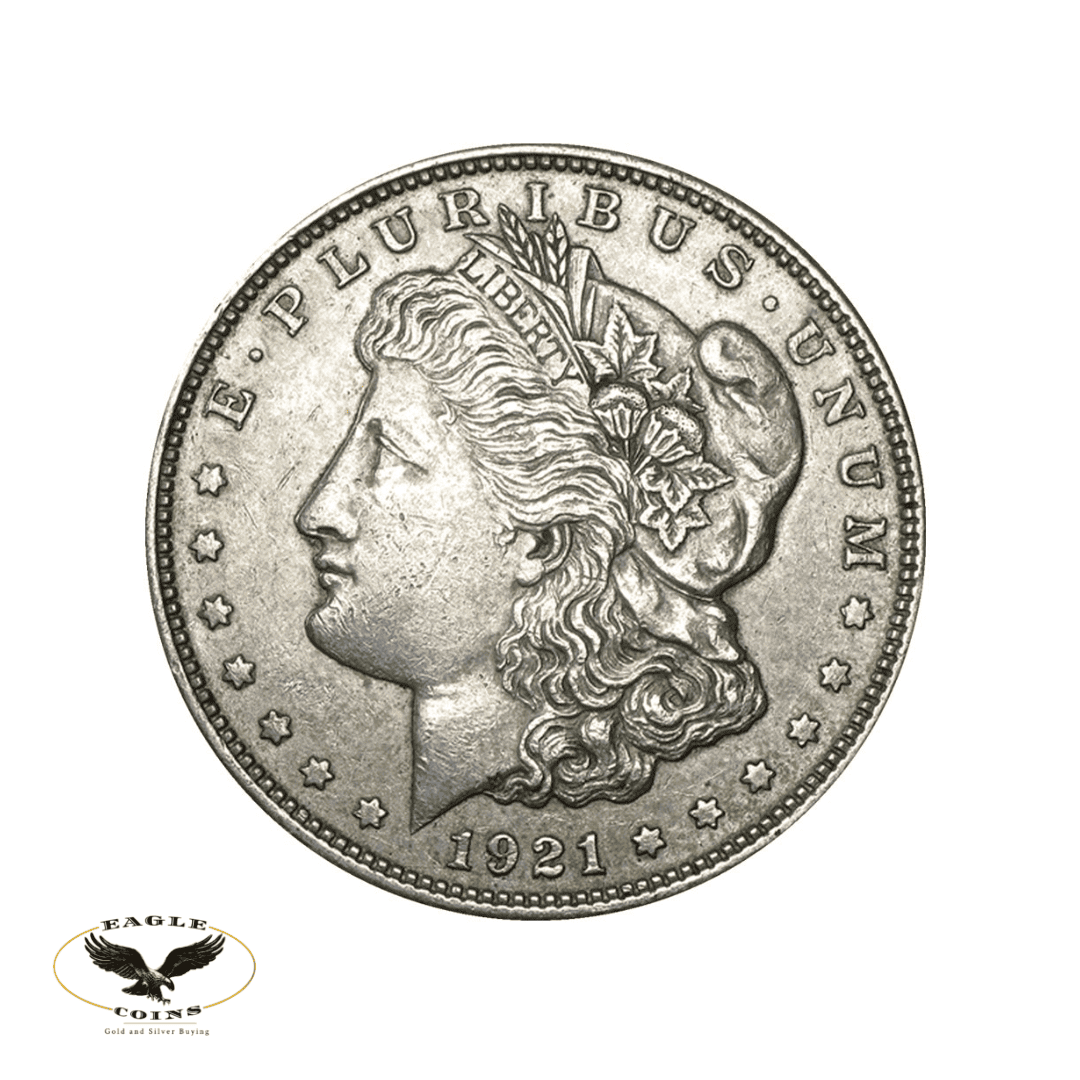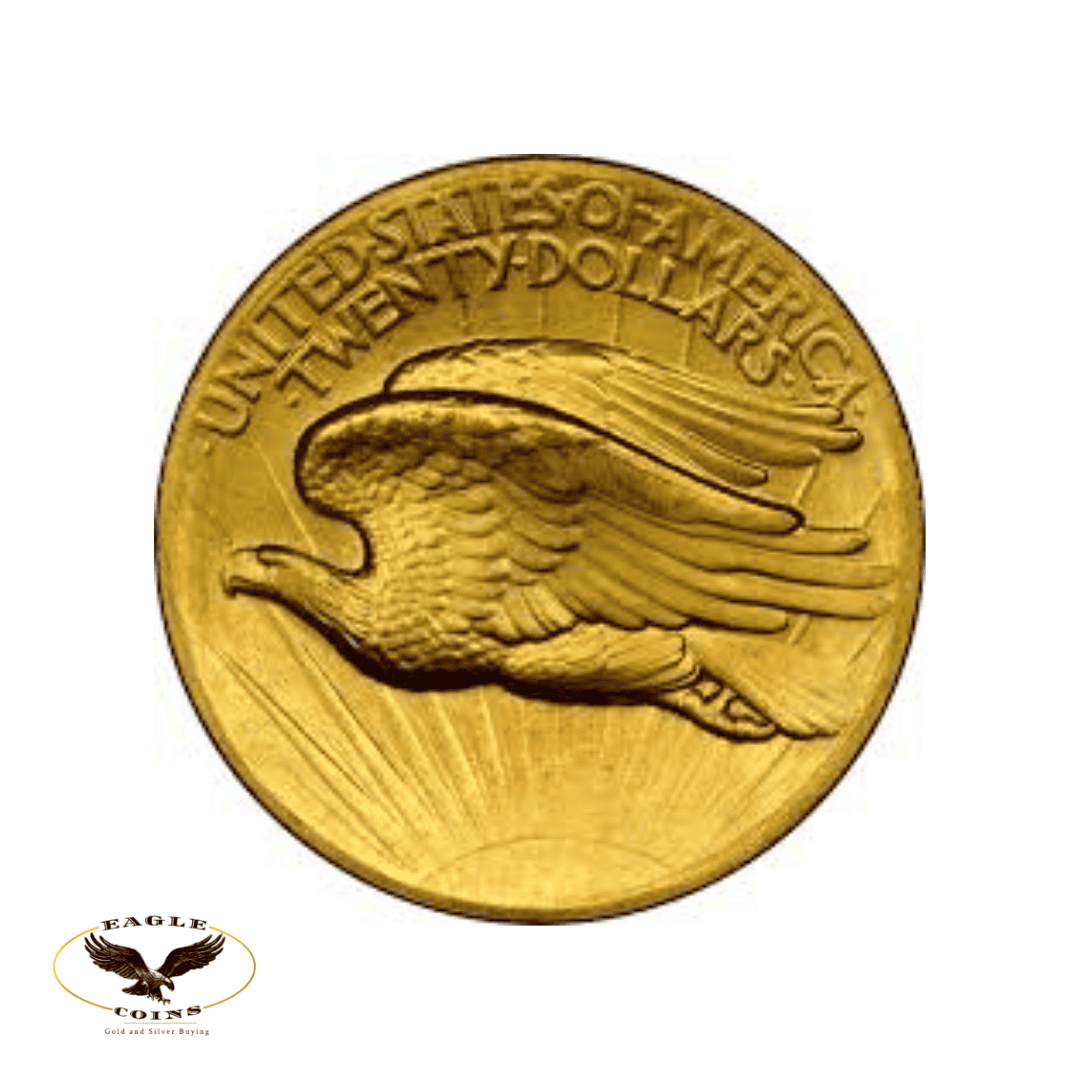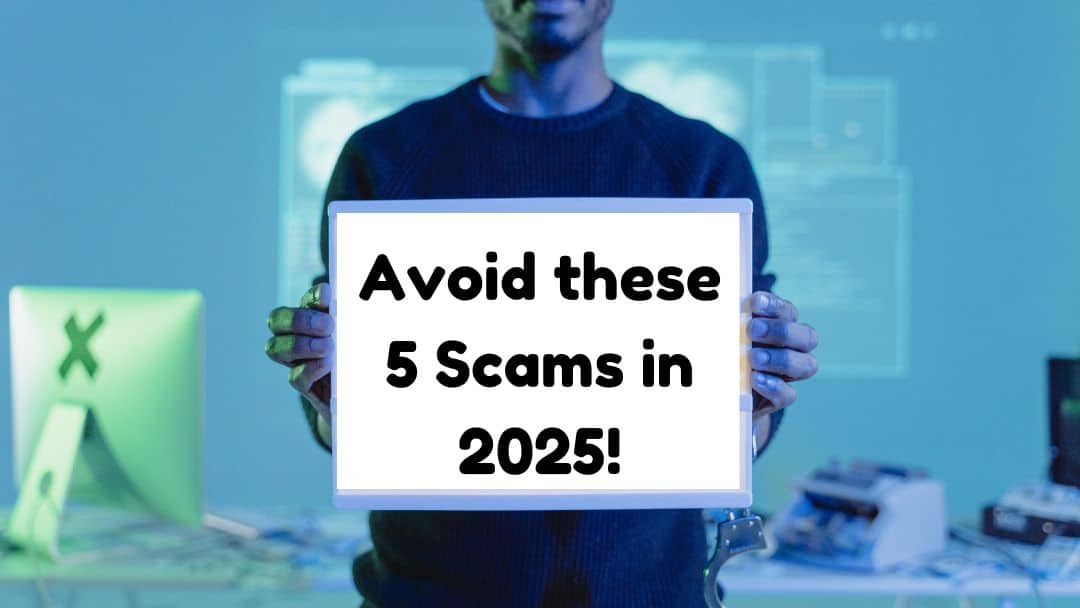
That moment when you’re getting ready for a night out, trying on that shiny gold bracelet, and suddenly notice that telltale green tint it’s left on your wrist… you’ve just experienced one of the classic signs of gold plated jewelry. But before you assume it’s worthless, let’s explore whether gold plated pieces actually have any value when it comes time to sell.
With gold prices reaching impressive heights recently, many people are taking a fresh look at their jewelry collections. However, determining what’s valuable and what’s not requires some knowledge about what you’re actually holding.
What Is Gold Plated Jewelry, Really?
Gold plated jewelry consists of a base metal (usually copper, brass, or nickel) covered with an extremely thin layer of gold on the outside. This gold layer is remarkably thin – typically less than 0.5 microns, which is approximately 1/100th the thickness of a human hair.
This composition is fundamentally different from solid gold jewelry or even gold-filled pieces, which contain substantial amounts of actual gold. Gold plating provides just enough gold to create the appearance of solid gold jewelry, at least until that thin layer begins to wear away with use.
The Reality About Selling Gold Plated Jewelry
Here’s the straightforward truth: most gold buyers won’t offer payment for gold plated jewelry based on its gold content. The layer of gold is so incredibly thin that extraction costs would exceed the value of the recovered gold.
It’s comparable to trying to reclaim the small amount of coffee left in used coffee grounds – while there’s technically some valuable material present, it’s simply not practical or economical to extract it.
When Gold Plated Jewelry DOES Have Value?
Despite this news about its gold content, your gold plated pieces may still hold value for entirely different reasons:
Designer and Brand-Name Pieces
That gold plated Chanel brooch or vintage Dior bracelet? The brand name is what carries the value, not the metal. Designer costume jewelry can fetch impressive prices on resale platforms, with some vintage pieces from prestigious designers selling for hundreds or even thousands of dollars.
Vintage Appeal
Certain eras of costume jewelry have serious collector appeal. Pieces from the Art Deco period (1920s-30s), Mid-Century (1950s-60s), or even the bold designs of the 1980s can have significant value. Brands like Trifari, Coro, and Miriam Haskell produced gold plated jewelry that collectors actively seek out today.
Craftsmanship and Design
Sometimes a piece is simply exceptionally well-designed or beautifully crafted, regardless of the materials used. Unusual designs, high-quality craftsmanship, or pieces made by notable artists can have value that transcends their material composition.
How to Identify Potentially Valuable Gold Plated Jewelry?
Before parting with your costume jewelry collection, here’s what to look for:
Check for Maker’s Marks
Examine your jewelry carefully and look for tiny stamped markings that might indicate:
- Designer names or logos (Napier, Monet, Trifari, etc.)
- “GP” (Gold Plated)
- “GEP” (Gold Electroplated)
- “HGE” (Heavy Gold Electroplate)
- “Gold Tone” or “Gold Finish”
Designer marks can significantly increase value, even on non-gold items.
Consider the Age Factor
Older gold plated jewelry (pre-1970s) was typically crafted with better materials and attention to detail than many modern pieces. The base metals were higher quality, and greater attention was paid to finishing and durability. This quality difference explains why vintage costume jewelry often maintains its appearance better over time.
Assess Condition Realistically
Gold plating naturally deteriorates over time. If your piece shows significant wear with the base metal visible (that telltale copper or silver color showing through), its value is likely minimal unless it’s a sought-after designer piece or has historical significance.
Where NOT to Try Selling Gold Plated Jewelry?
Several outlets are unlikely to offer value for gold plated pieces:
Cash for Gold Businesses
These establishments focus on scrap value based on precious metal content. With gold plated items containing minimal gold, they’ll typically decline to make any offer.
Pawn Shops
Unless it’s recognizably valuable for other reasons, most pawn shops won’t show interest in gold plated jewelry. Their business model requires inventory that sells quickly with a reasonable profit margin.
Gold Refineries
These specialized businesses extract and process precious metals. The microscopic amount of gold on plated jewelry doesn’t justify their processing costs.
Better Options for Selling Gold Plated Pieces
If you believe your gold plated jewelry might have value, consider these alternatives:
Online Marketplaces
eBay, Etsy, and Facebook Marketplace connect you directly with people who appreciate style and design over precious metal content. Ensure your listing is honest – describe items as “gold plated” or “gold tone,” not simply as “gold.”
Vintage Shops and Consignment Stores
Local vintage retailers often purchase costume jewelry, especially from recognized brands or distinctive eras. They understand their customer base and can evaluate whether your pieces have market appeal.
Costume Jewelry Collectors’ Groups
Dedicated collectors actively search for specific brands, styles, or periods of costume jewelry. Finding these specialized communities online can connect you with people who might genuinely value your pieces.
How Eagle Coins Handles Gold Plated Jewelry?
At Eagle Coins Gold and Silver Buying, we believe in providing straightforward information. While we primarily focus on items with intrinsic precious metal value, we’re always willing to evaluate your gold plated pieces and offer honest feedback.
If your items might have collector or vintage value, we’ll direct you toward appropriate resources even if we don’t purchase them ourselves. We’ve built our reputation on honesty and education rather than quick profits from potentially misleading customers.
The Bottom Line
Gold plated jewelry typically has minimal value based solely on its precious metal content. However, the right pieces can still hold considerable worth based on brand, age, design, or collectability.
Before making any decisions:
- Check for designer marks or notable brands
- Research similar items online to understand potential market value
- Consider vintage or collector markets rather than scrap metal outlets
- Be realistic about condition and wear
Not sure what you have? Bring it to Eagle Coins for a complimentary, no-obligation evaluation. We’ll provide honest information about whether your pieces might have value to collectors or if they’re better suited for personal enjoyment for years to come.
Remember, in the jewelry world, sometimes what glitters isn’t gold – but that doesn’t mean it can’t hold genuine value in the right market!

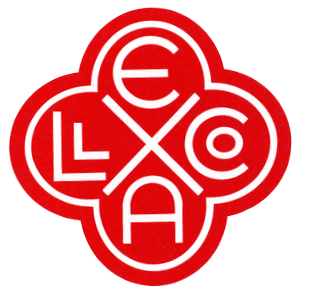
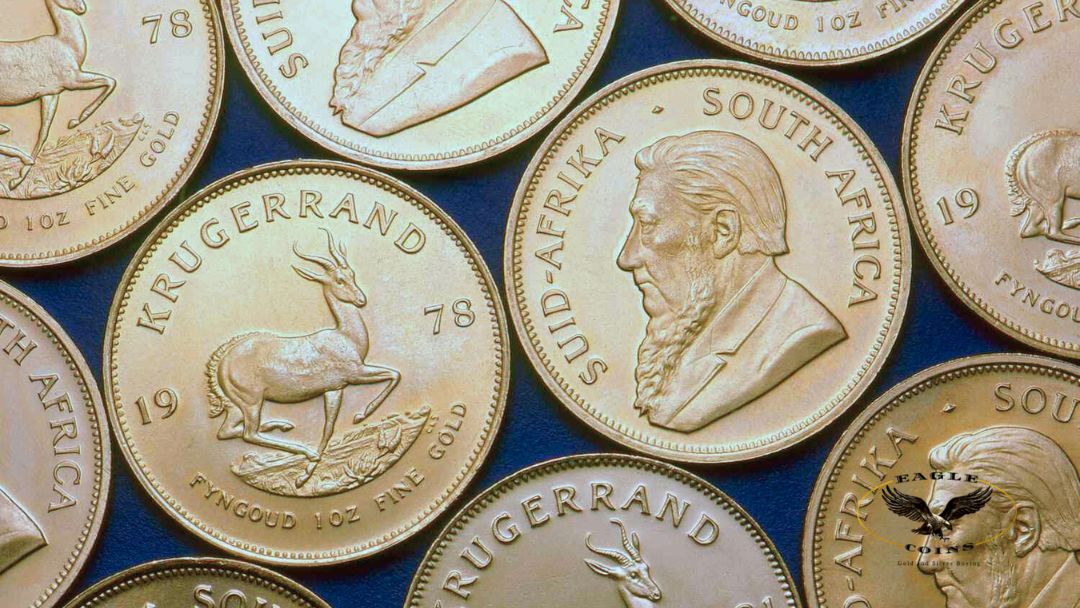
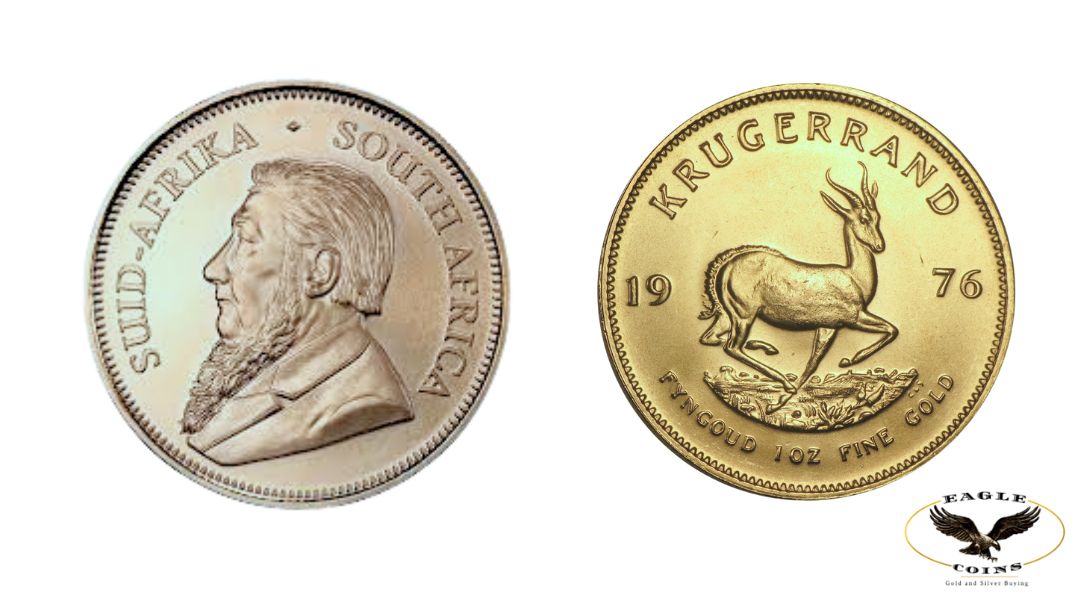
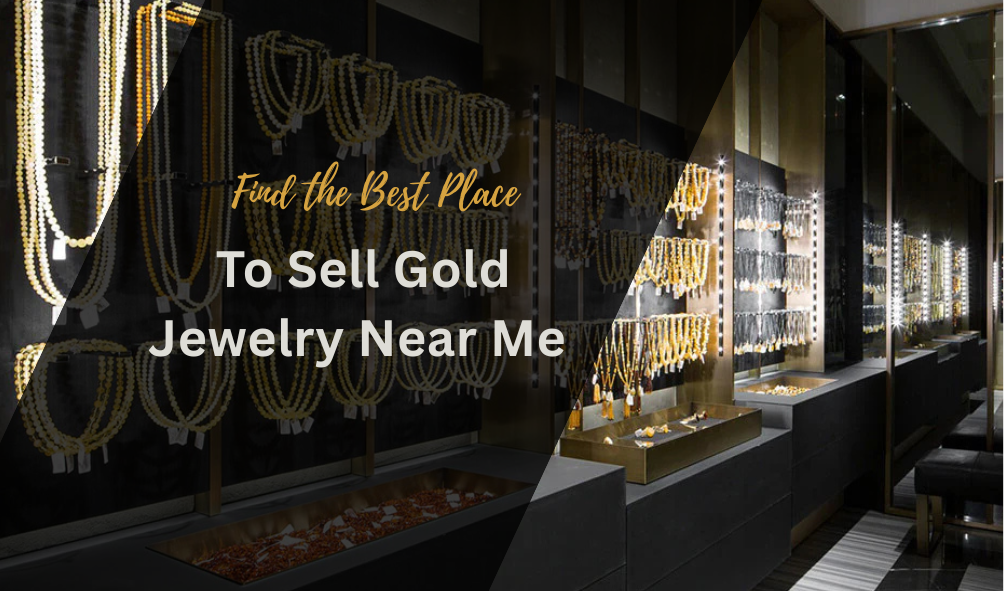
![[Seller’s Guide]How to Get the Highest Cash for Gold Jewelry Near Cape Cod?](https://eaglecoinsgold.site4demo.com/wp-content/uploads/2025/03/When-You-Should-Sell-Your-Gold.jpg)
